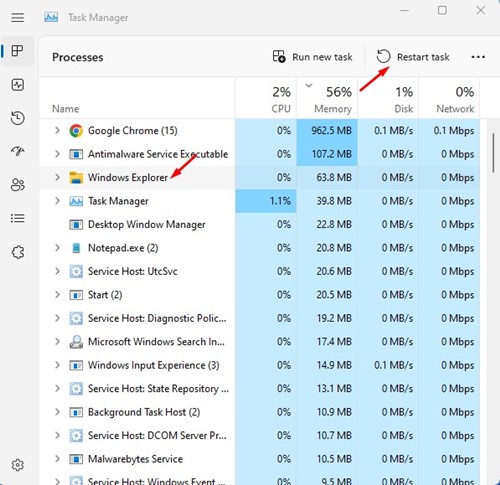

Then press Add again to choose a system tool or software shortcut. To add more shortcuts to the system tool, press the Add button on the menu. There, you can open the Registry Editor, Notepad, or Command Prompt. Click the RUN button there to open a menu with a variety of handy system tool shortcuts on it. You can right-click a tab to open its context menu, which includes further tab options.Īt the bottom of each Q-Dir panel there’s a status bar with some extra options on it. You can then open a new tab in the selected panel, as shown below. To find the option to open folder tabs, select Edit and Open. In addition to its panels, Q-Dir includes folder tabs. You can use it to open new folders in each panel. That’s a tree-view sidebar for all the panels. Then you can select One 4 all to add the sidebar to the window below. To add a tree-view sidebar to the left of the window, select Extras and Tree-View. For example, selecting Image Files will filter out any files in a folder that don’t fit under the image category. There, you can select filters for text, video, audio, image, and office files. Click the arrow beside the Toggle Visual Filter button to open the submenu shown below. You can customize the colors by pressing F9 and selecting Color Filters on the Configuration window–double-click a filter to open a palette and choose a new color for it.įile filter options are also a great addition to the toolbar. These filters highlight txt files green, html files blue, image files purple, and audio files orange. Press the Enable Color Filters button on the toolbar to switch on the color code filters as shown below. You can click View > Mini Tree to switch on the Mini Tree mode as below.Īlso note that this file management software color codes file types.

That option cleans up the tree display by hiding all the folder branches that you haven’t selected in XYplorer. The tree window also has a handy Mini Tree option.


 0 kommentar(er)
0 kommentar(er)
